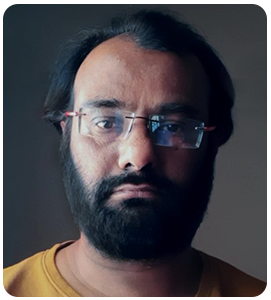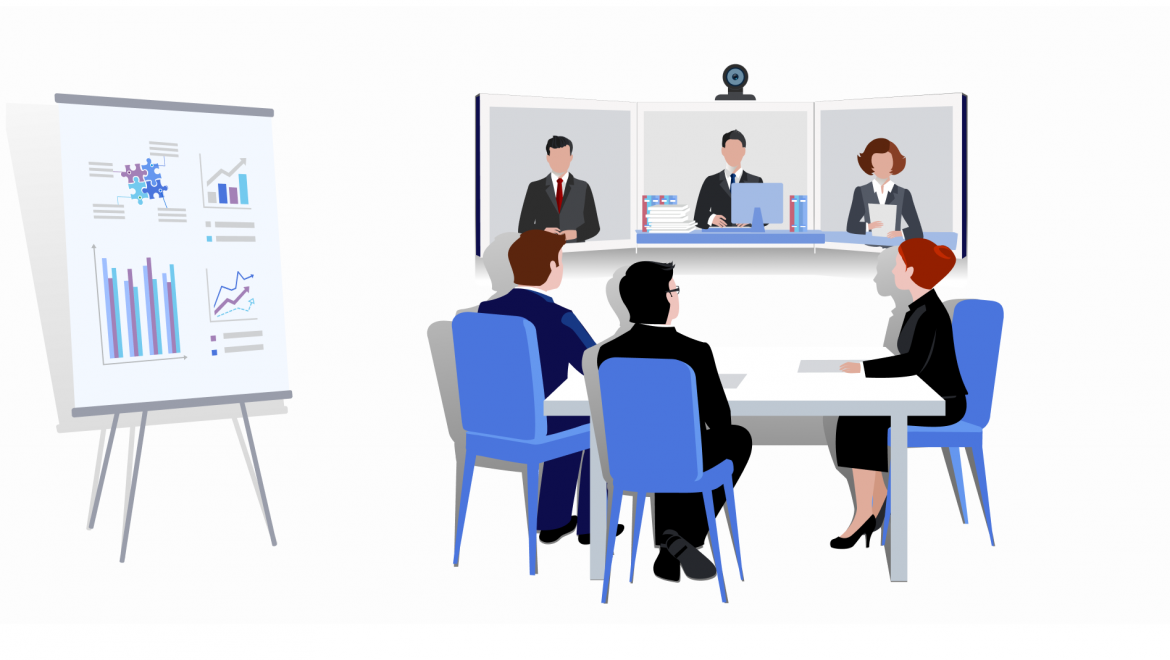Stakeholder analysis is the first milestone in the process of the UX lifecycle for any product or service. As said that Experience design is not only the responsibility of the UX designer, but it is the teamwork. Stakeholder is also the important key player to achieve the UX goals. The information provided by him/her as very important to inline the direction of the ux process.
The Analysis helps ux designer to the align the design thinking and exercise towards the various goal of the product/services.
The process involves the set of the discussion session with appropriate person or team to understand the vision or thought process.
Stake holder can be person of board members, Management people, Product director, Technology head or anyone who owns the vision/mission on behalf of the product. The person can be internal or external is authorised to take the financial, product or service decision.
Types of communication and interviewing processes
Rise in technology has brought various mode of the communication and interaction for the human. These modes are easy to adopt and use, also benefited in terms of time, money, and energy. Interviewing process is also not far away from these upgradations. Now the days interviews are conducted in various ways.

Face to face communication: It is type of verbal and nonverbal communication where both parties physically present in front of each other. This is one of the best ways of interviewing process because we get quick response by words directly and by body language indirectly also.
Two-Way Remote Communication: In these process interviewer and interviewee not physically spaced in located in same place are connected through the technology. This is very near to the face to face communication but some how it is different.
Now the days this mode is more convenient for both parties to save travel time and cost. The output of the discussion is very similar to f2f mode, but feedback is limited to some extent.
Written Communication: It is the of the communication where written word involved. Any email or questioners send by any application or response by any collaboration tools to stakeholder to answer is the form of the written communication. In this mode responses are not quickly. Here the response may less honest and ethical than other mode of communication.
Social Media Communication: This is very common form of the communication; It is the combination of written and two-way remote communication. It facilitates real-time ethical response with written evidence.
One Way audio and video communication: This mean of the communication is used rarely in the stake holder interview process. In this mode recorded video or audio is send to the other party, after viewing or listening response send by stakeholder. Voice mail and message, podcast and YouTube and other platform’s videos are the appropriate example of this type of communication.
Plan your interviews/discussion sessions
Stakeholder interview is not only the one-way questioning session but it the mutual sharing of the knowledge and ideas where both parties connect and trying to explore the possibilities. So, this session should execute in planned manner. Success of the interview depends upon how it is planned and structured.
Time and Schedule: It is very important that interview must schedule and conduct in timely fashion. Person must invite and informed ahead of the time to stakeholder. Follow-up activities can be taken to connect for proper execution.
Skills and Ability: The interviewer must skilled with ability to comfort and flexible in meeting with new people, listen well, taking accurate notes, good memory, attention to details and good in communication.
Consistency: The good way is plan and conduct interview by max one or two person, so the knowledge and experience help to frame-up the questioners in proper way. Limited no of interviewer greatly facilitates to identify and plot the thought process and ideas.
Cultural Competencies: Interviewer must have knowledge about the culture and leaving style of the stakeholder. This will help to connect easily and create comfort space for both. So, the discussion would be very fruitful for both parties
Sample questionnaires
Stakeholder analysis is very project specific. The questioners and discussion are always belonging to the project, but there are some common questions which are majorly raised in such kind of practices.
- What is your role in this project?
- What are the business goals, what do you want to achieve with this project?
- Who are the Competitors? And what is the market acquisitions?
- Who are going to use the application/services? Means who are the users.
- How would you like to reach user? It’s about marketing strategies.
- What do you mean by success of this project? And what are measuring criteria?
- How to you see the failures?
- What is your vision about the sustainability of the project in fast growing world in the terms of technology as well as users also?
- What is the social impact of the project?
- What are the limitations?
Dos
- Timing of the session is very important. The interview time should be 45-60 Minutes.
- Its good to brief the agenda and other details to the stakeholder earlier. Stakeholder can prepare well for discussion ahead of the time.
- Interviewer should dive deeper to get more insight.
- Communication line should lay the foundation of future interactions if needed.
- Person must aware about various type of stakeholder. This will help to differentiate the interview process.
- User, their needs, and action are considerable on the basis od assumption.
- Design thought and approach should clearly explain to the stakeholder with any fear. This is the chance to earn the confidence and establish the trust.
- Interviewer should clear about the research goal.
- Interview script is based on stakeholder.
Don’ts
- All stakeholder should not consider for the interview. There should be limited no of stakeholder for discussion session.
- Problem should identify and noted properly, but the focus should be always be on the solutions, features.
- All the assumption and presumption should be clarifying in this phase.
- Preparation must be proper for the discussion to get the clear result
Benefits of Stakeholder Analysis
Conducting stakeholder analysis can help a project to identify:
- The interests of all stakeholders, who may be affected by the project
- Groups that should be persuaded to participate in different stages of the project
- Ways to minimize negative impacts and manage negative stakeholders
- Issues that could potentially disrupt the project
The Takeaway
Stakeholder interview is an important aspect of UX design process. It is the foundation of an entire project. The process provides not only the quantitative information but the board overview of the project as well. Engaging stakeholders throughout the project life cycle is key to a project’s success, however not a surety. Managing stakeholder expectations and ensuring their active involvement is very much important to a project for the continuation of a project and its successful completion.
Whether you’re working with a large enterprise, an up-and-coming startup, or a small family-owned business, start planning your stakeholder interviews can ensure creation of designs that are user friendly, practical, and meet the business goals.
Author
 |
Kanak Kumar is a Lead UX Professional at Evoke Technologies with experience in UX Design and Research methodologies. Kanak strongly advocates the importance of user-centric design and is capable of resolving user and business problems leveraging the latest trends and technologies in the design space. In his free time, he enjoys reading books, exploring different genres of music, connecting with people, and gathering their thoughts on various aspects of life. |




